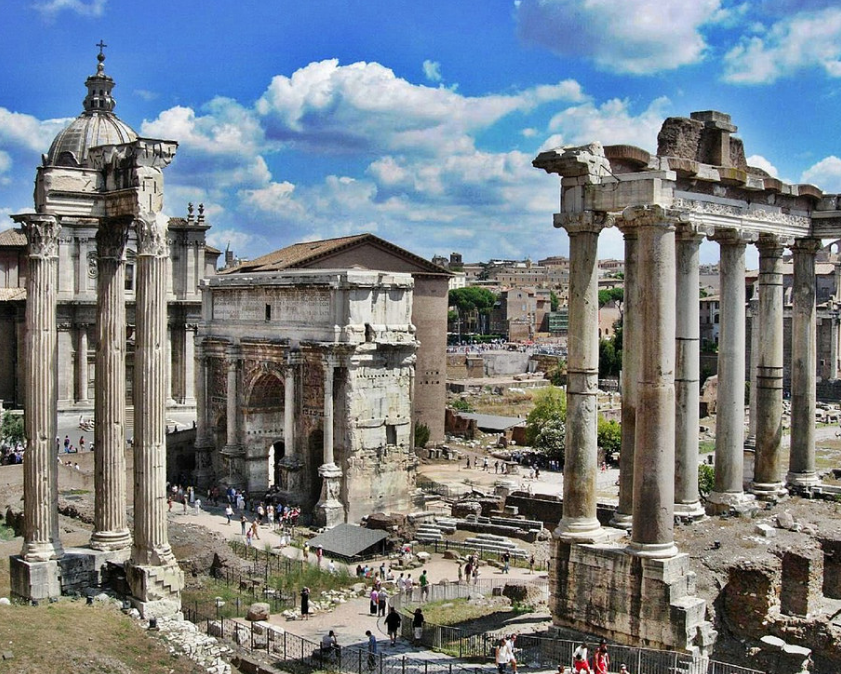Best Countries for Exploring Ancient Architecture

The word “architecture” evokes images of streamlined skyscrapers, asymmetrical buildings, and complicated blueprints laid out on sleek drafting tables. But while modern architecture is impressive in its innovation and its ability to push the boundaries of physical law, ancient architecture has its own kind of splendor. Builders of early civilization constructed massive walls and intricate pyramids without help from modern technology. To learn more about these marvels of ancient architecture, here are three countries you should visit.
The home of Mesoamerican culture, Mexico is full of fascinating ancient ruins and proudly boasts one of the highest number of UNESCO World Heritage Sites in the world. Significant sites are spread throughout the country, so an architectural tour of Mexico creates many possibilities for travel. At Chichen Itza, the Mayan ruin located in the Yucatan in southern Mexico, you can see stepped pyramids and thirteen courts where the Mesoamerica was played (some of the world’s first sports stadiums). Teotihuacan, near Mexico City, includes some very early examples of multi-story apartment complexes.
The architecture of ancient Rome is legendary and the city is home to some of the world’s best-known ancient structures, including the Colosseum, the Pantheon, and the Forum. Its style continues to influence architecture today, and your appreciation for the famous aqueducts and the Corinthian columns of the Capitol will grow once you’ve seen their originals in person. But Rome isn’t the only spot in Italy with notable architectural structures. The northern city of Brescia hosts remarkably well-preserved Roman city ruins, and Populonia in Tuscany is an even older site, where you can admire the attractive architecture of the pre-Roman Etruscans.
Modern-day students seeking an MS in civil engineering could learn a great deal from the engineers of ancient China. As this course on ancient Chinese architecture points out, when most of Beijing flooded during the heavy rainfalls of July 2012, the Forbidden City, thanks to the innovation of its long-ago architects, stayed dry. And the Forbidden City is only the second most significant ancient architectural site in China. Few structures in the world rival the Great Wall, which is cited as both a triumph of architecture and a masterpiece of engineering.
The world is full of ancient structures, and while, thanks to the internet we can access images of these buildings whenever we like, nothing replicates the experience of standing where our ancestors stood and feeling our own connection to the past.
